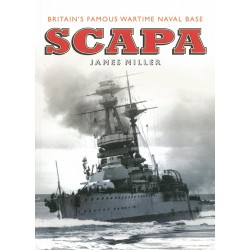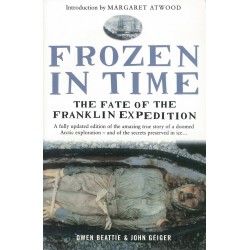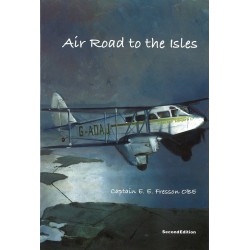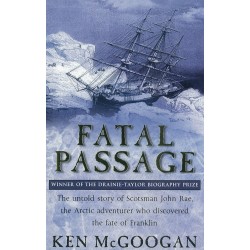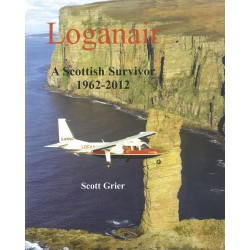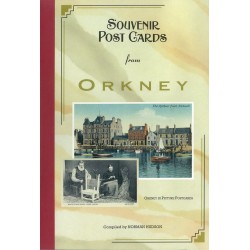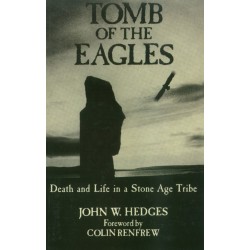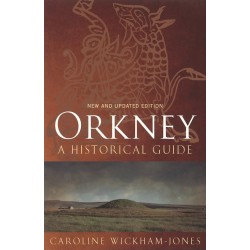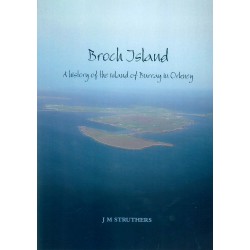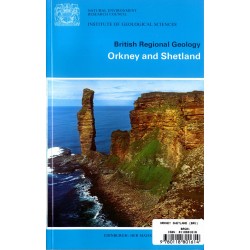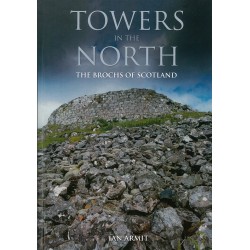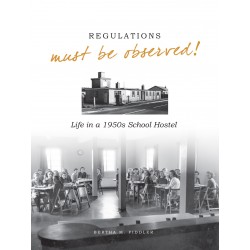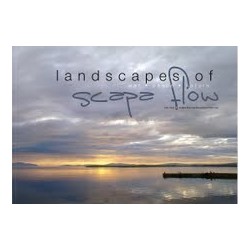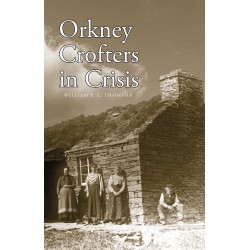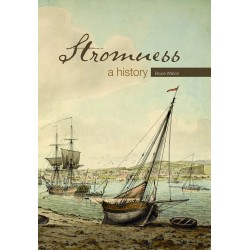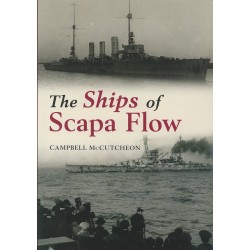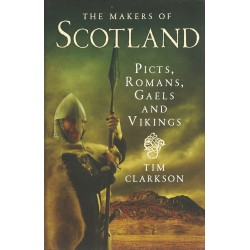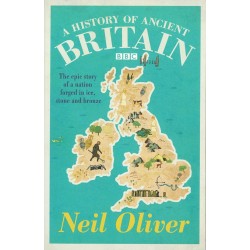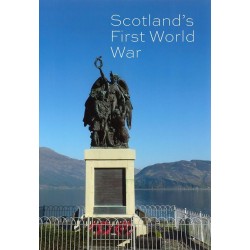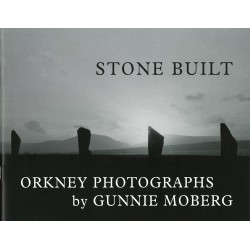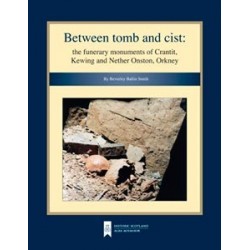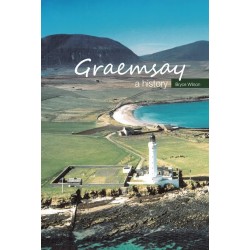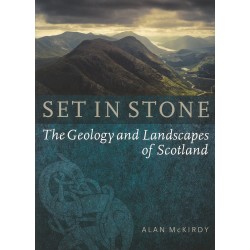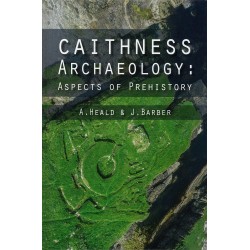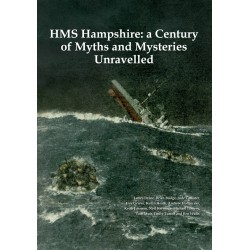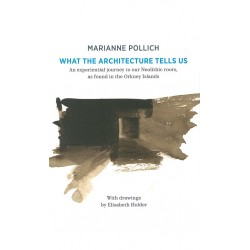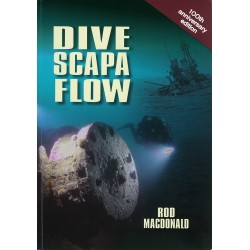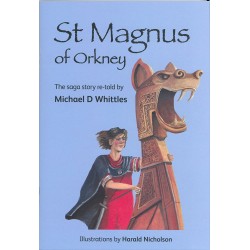No products
Orkney History
- Latest Releases
- Signed Copy Event Pre-orders
- Orkney Guidebooks, Travel Books & Maps
- Calendars, Gifts & Souvenirs
- Orkney Christmas Cards
- Orkney Fiction, Poetry, Folklore & Myths
- George Mackay Brown
- Children's
- Local Author - non-Orkney Related Titles
- Orkney Life, People & Places
- Orkney History
- Maritime
- Photos, Art, Music, Food & Sport
- Nature
- Shetland Books & Maps
- Sale
- 'The Orcadian' Subscriptions
Viewed products
-

Kirkwall: A History
Kirkwall evolved after the invading Norse...
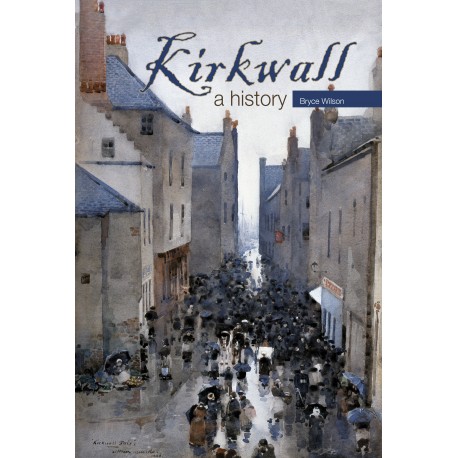 View larger
View larger
Kirkwall: A History
9781912889440
New product
Kirkwall evolved after the invading Norse established an earldom in Orkney... This fascinating insight has been gleaned from the Norse Sagas, and first-hand accounts preserved among the records of the Royal Burgh. Enjoy tales of an eccentric Sheriff, a riotous election, earls and bishops, smugglers and shop-keepers, slavers, ministers, pirates and much more.
By Bryce Wilson.
Hardback.
- Remove this product from my favorite's list.
- Add this product to my list of favorites.
More info
Kirkwall evolved after the invading Norse established an earldom in Orkney, more than a thousand years ago. The ancient thoroughfare still winds its way, watched over by the Norse Cathedral of Sant Magnus. This fascinating insight has been gleaned from the Norse Sagas, and first-hand accounts preserved among the records of the Royal Burgh. Enjoy tales of an eccentric Sheriff, a riotous election, earls and bishops, smugglers and shop-keepers, slavers, ministers, pirates and much more.
‘Bryce has researched thoroughly every nook and cranny of Kirkwall. He has taken each thread of history and beautifully woven them into this book which will be studied, read and cherished by many, for many a long year.’
A City Layered In Time...
'At the Cathedral’s 850th anniversary in 1987, a torchlight procession was held through the streets of
Kirkwall. With the streetlights off, the upward light showed the detail of old stonework, long
unnoticed, and it was like walking back into another time. There is this same feeling in Bryce
Wilson’s superb new book.
From now on when I walk up the Strynd I will remember the name ‘The King’s Passage’ – from the
1785 visit of the future King William IV when serving in the Royal Navy. After seeing Kirkwall’s sights,
he went up the Strynd to visit an old shipmate, John Traill, Captain of Marines, and spent an hour
with the family.
The Town Hall gets an added dimension when we learn it was built by the same man who
constructed the East Kirk and the terraced houses of East Road and Dundas Crescent. This was
Samuel Baikie, half-brother of William Balfour Baikie who explored the River Niger. Their father,
Captain John Baikie, served in the Napoleonic Wars and on retirement opened Kirkwall’s first bank.
His house is today’s Royal Bank of Scotland. Sir John Franklin’s niece, Sophia Cracroft, visited and
much enjoyed the strawberries for supper.
Trade flows through Kirkwall’s history, starting from the first Earl Rognvald, who built a hall near the
harbour. His uncle, Thorfinn, moved power to Birsay, but in a later generation a second Rognvald
took Kirkwall to new heights by building a cathedral. The book carries the story along in a fine flow,
with a rich tapestry of people, events and places. We follow the church built by the first Rognvald,
dedicated to St Olaf, as it falls into disuse and eventually becomes a poorhouse, with St Olaf’s Wynd
the Poorhoose Close. Remarkably, it survived into the late 1950s, when the Aberdeen Savings Bank,
who owned the building, demolished it for a Bank House extension. The archway we see today was
saved by the County Librarian, Evan MacGillivray.
There are many memorable stories. We hear how one night in 1732 Sir James Sinclair of Mey, kept in
the Tolbooth for six years for debt, was taken out by the Kirkwall Magistrates to, as the record notes,
‘enjoy an evening’s sociality in a private dwelling”. We hear of the Town Crier who was also the
Town Piper, “marching to the skirl of his pipes before 6 a.m. to rouse the sleeping workers”; and
how the Piper’s House on Anchor Close became the premises of Flett & Sons who developed in the
19th century as seedsmen and general merchants. We follow nine centuries of culture, from the
music in Rognvald’s cathedral to the founding of the St Magnus Festival, and along the way people
like the great engraver Sir Robert Strange.
The Lang Gutter and the Lang Stean, the Ivy Hoose and the Oily Hoose, the Keelies and the Laverock,
the Papdale Burn with two corn mills, a snuff mill and two distilleries … all are blended together with
poetic descriptions from Robert Rendall and George Mackay Brown and Christina Costie, and a
glorious collection of paintings that draw you in to a past world. It has the ideal introduction from
Kim Twatt, and it is rounded off by Bruce Gorie’s records of archaeological digs and discoveries,
Alison Miller’s memories of a Kirkwall childhood, and Lorraine Bruce’s wonderful picture of the Fatty
Cutty Sweepstake as the runners gather at the foot of the Strynd to race to Shearer’s for the
Thursday delivery of fatty cutties from Westray. It is all brought together by Bryce Wilson’s wealth of
knowledge and understanding, with every page opening a fresh window in time, a continuing source
of delight to return to again and again.'
Howie Firth
30 other products in the same category:
-
Scapa: Britain's Most Famous Wartime Naval Base
The story of this remarkable place, weaving together history, eyewitness...
-
-
-
-
Loganair: A Scottish Survivor 1962-2012
Of all the airlines in the UK, the oldest name in continous use is that of...
-
-
Tomb of the Eagles: Death and Life in a Stone Age Tribe
The remains of our neolithic ancestors found at Isbister give us an amazing...
-
-
-
Orkney and Shetland: British Regional Geology
Orkney and Shetland by The Institute of Geological Sciences.
-
-
Regulations Must Be Observed!
Life in a 1950s School Hostel as remembered by Bertha M Fiddler. Paperback.
-
Landscapes of Scapa Flow
Landscapes of Scapa Flow War - Peace - Nature By Tom Muir and Scapa Flow...
-
Orkney Crofters in Crisis
An intriguing snapshot of crofting life in the county 130 years ago through...
-
-
The British Sailor of the Second World War
This book tells the dramatic story of how the Royal Navy transformed ordinary...
-
The Ships of Scapa Flow
The story of the ships of Scapa Flow, their sinking and their salvage, using...
-
-
A History of Ancient Britain
The epic story of a nation forged in ice, stone and bronze. By Neil Oliver....
-
-
Scotland's First World War
Exploring the people and places that played an important role in the war...
-
-
Between the Tomb and Cist
The funerary monuments of Crantit, Kewing and Nether Onstan. By Beverly...
-
-
-
-
HMS Hampshire: a Century of Myths and Mysteries Unravelled
Twelve authors with local knowledge pool their expertise to sort fact from...
-
What The Architecture Tells Us
An experiential journey to our Neolithic roots, as found in the Orkney...
-
Dive Scapa Flow: 100th Anniversary Edition
Completely rewritten, updated and expanded edition of this classic dive...
-


